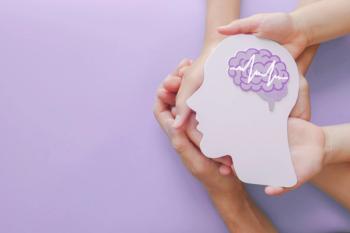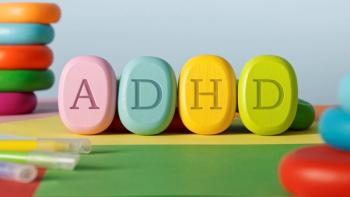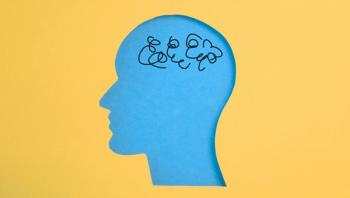
- Vol 30 No 8
- Volume 30
- Issue 8
What Are Common Comorbidities in ADHD?
In this article, Julie Sherman, PhD and Jay Tarnow, MD briefly discuss the latest research findings on ADHD.
ADHD occurs in 3% to 5% of the US population.1 The risk for comorbidity is high, and the presence of comorbid disorders warrants special consideration in the treatment of patients with ADHD. For example, a comorbid diagnosis of ADHD and depression occurs in approximately 20% to 30% of patients, and ADHD and anxiety in more than 25% of patients.1
Comorbidity rates in adults are equal to or higher than those in children, although very few studies have examined these patterns over time in adults. A longitudinal study by
Some researchers propose that comorbid bipolar disorder (BD) and ADHD should form a separate clinical phenotype of BD. A
ADHD is associated with abnormalities in the frontal lobes. It makes sense that any neurological disorder that originates in these regions would increase the risk for ADHD. Zhang and colleagues3 evaluated children with frontal lobe epilepsy for the prevalence of ADHD: 89.4% of the children with an abnormal EEG had coexisting ADHD compared with only 25% of children with normal EEG readings. The authors concluded that frontal lobe epilepsy is strongly linked with the occurrence of ADHD, and this occurrence is even greater for individuals with an abnormal EEG.
It is important to treat all comorbidities. Because individuals with comorbid psychiatric disorders experience greater cognitive, social, and psychological impairments, however, mental health professionals are encouraged to screen for early detection and intervention.
This article was first posted online on 7/26/2013 and has since been updated.
Disclosures:
Dr Sherman is a behavior therapist and school psychologist at the Tarnow Center for Self-Management in Houston. Dr Tarnow Associate Professor of Psychiatry and Pediatrics at Baylor College of Medicine, and Clinical Associate Professor at University of Texas Medical School-Houston. He is Director and Owner of the
References:
1. Michielsen M, Comijs HC, Semeijn EJ, et al.
2. Perugi G, Ceraudo G, Vannucchi G, et al.
3. Zhang DQ, Li FH, Zhu XB, Sun RP. Clinical observations on attention-deficit hyperactivity disorder (ADHD) in children with frontal lobe epilepsy. J Child Neurol. 2012 Dec 26. [Epub ahead of print].
Articles in this issue
over 12 years ago
Catching Up on Sleep: From Comorbidity to Pharmacotherapyover 12 years ago
Will Biology Tell Us All We Need to Know About Mental Disorder?over 12 years ago
Clinical Implications of Substance Use on Suicidality Among Youthsover 12 years ago
Lithium’s Neuroprotective Effectsover 12 years ago
Moonrise, Tanglewoodover 12 years ago
Issues in Treating Patients With Intellectual Disabilitiesover 12 years ago
The Challenges and Rewards of Rural Psychiatryover 12 years ago
Introduction: Disparities of CareNewsletter
Receive trusted psychiatric news, expert analysis, and clinical insights — subscribe today to support your practice and your patients.














